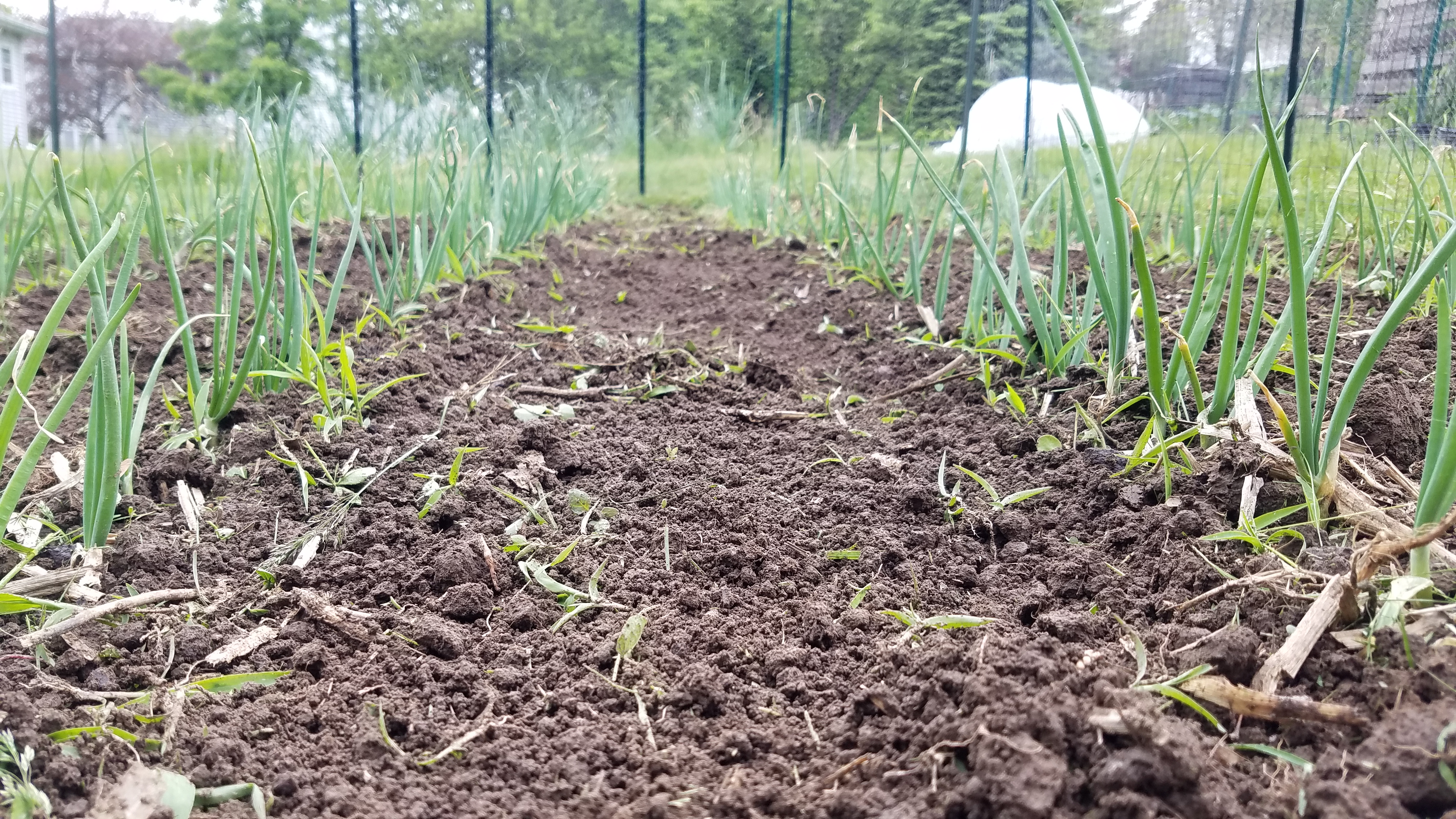
Delivery vehicles ply the neighborhood on a daily basis, more than I remember. Increased numbers are partly a function of more online shopping due to restrictions of the coronavirus pandemic.
The U.S. Postal Service has always been here. UPS, FedEx, and Amazon are also here daily, often multiple times a day. The creamery a few miles away makes home deliveries of fresh dairy products ordered online. Will this level of online shopping persist when more people are vaccinated for COVID-19? Yes, it will.
A pandemic lesson learned is the value in quickly finding what one needs, ordering it, and receiving it within a couple of days without starting a vehicle. How does that impact local retailers? If Sears and Roebuck didn’t drive local merchants out of business, neither will the rise of online shopping. Rural retail has its roots in people ordering from catalogues. Here’s a refresher from the Sears Archives website:
The 1943 Sears News Graphic wrote that the Sears catalog, “serves as a mirror of our times, recording for future historians today’s desires, habits, customs, and mode of living.” The roots of the Sears catalog are as old as the company. In 1888, Richard Sears first used a printed mailer to advertise watches and jewelry.
The time was right for mail order merchandise. Fueled by the Homestead Act of 1862, America’s westward expansion followed the growth of the railroads. The postal system aided the mail order business by permitting the classification of mail order publications as aids in the dissemination of knowledge entitling these catalogs the postage rate of one cent per pound. The advent of Rural Free Delivery in 1896 also made distribution of the catalog economical.
History of the Sears Catalogue, Sears Archives.
We piled in our car and went to Sears as a family when I was a child. Frequently it was a special time together. Our lives were more about living than shopping in the 1960s. Automobile trips became family outings and visiting Sears was another trip to make. If father looked over the Craftsman tools while we were there, that was a side benefit. The pandemic taught us automobile culture was not as important as we may have believed.
In a life not far removed from the frontier, shopping wasn’t that important. When my great, great grandparents settled the Minnesota prairie, there were few retail merchants and no internal combustion vehicles. Making do is how they lived. Distribution infrastructure as we know it now did not exist at the time Sears mailed the first catalogues. The pandemic forced many of us to return to making do and online shopping became part of that.
The rise in online retail is significant. I placed my first order with Amazon.com on Dec. 23, 1998. In the early days, Amazon lost money to gain market share. Today they are profitable, more profitable than other large retailers, by a distance. Sears as we knew it is no more. Amazon’s gross revenue is astounding, far surpassing any locally owned store.
There is a nearby ACE Hardware store, about 20 miles away. They suffer from the same lack of inventory as every other local retailer. While helping customers find something, if they don’t have it in stock, they take us over to a computer terminal. They search the store’s inventory and if they find the item, place the order, and notify the customer when it arrives. Why couldn’t I cut out the middleman and find items online myself? I can and during the pandemic, I did.
America is becoming a land of rich people and the most of us who are not. While we don’t want to say it, we have returned to a form of post-serfdom society, similar to Poland during the partition era. Forced off the land and into wage earning, it has become harder to get along on wages. There is no unspoiled prairie to seek and start over. Time, money, and efficiency have become mainstays in our effort to live. If we can get inexpensive, efficient help, and save time by shopping on line, we will.
That is the future of shopping after the pandemic.
One reply on “Shopping After the Pandemic”
I also fondly remember the days of driving to Sears and Montgomery Ward as a family. For us, it was about an hour away, and it was going to “the city.”
LikeLiked by 1 person